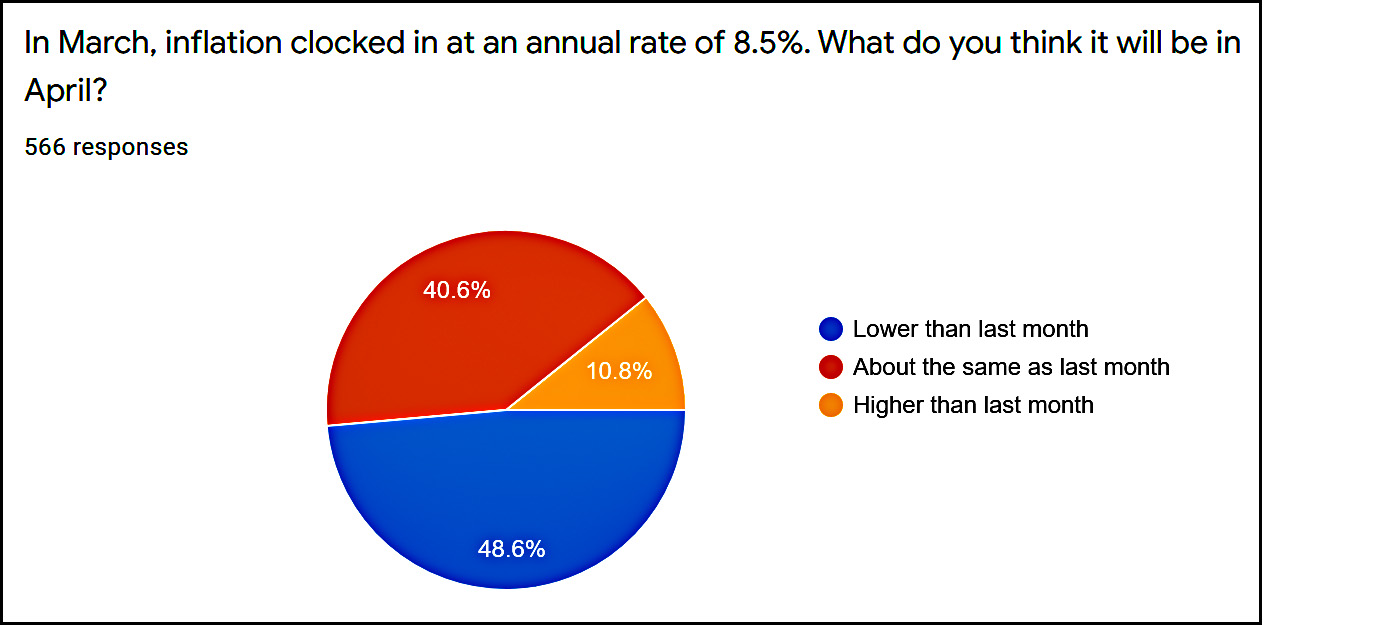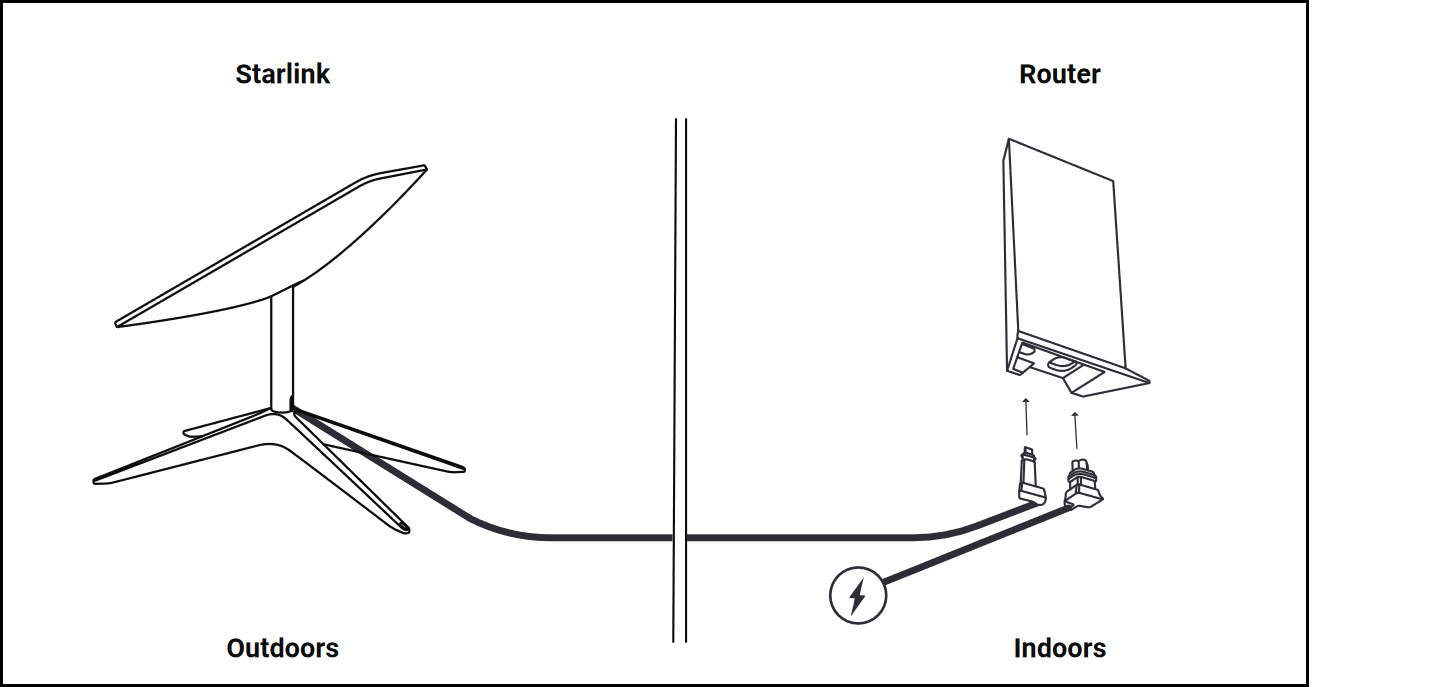The nation's press has finally caught on to the nation's shortage of infant formula. That's good.
What's not so good is that they keep mindlessly repeating the same phrase over and over: "The out-of stock percentage has reached 40%." Or, even worse, "40% of baby formula was out of stock in more than 11,000 stores across the country."
What does this mean? That 40% of stores are out of stock? That store shelves have 60% of their usual quantities? That 40% of the time shelves are empty?
None of the above. "Out-of-stock percentage" comes from Datasembly, an industry analyst, and it's a term of art. Specifically, it refers to the percentage of SKUs that are unavailable.¹
SKU is short for stock keeping unit, and it's yet another term of art. Every single product a retailer sells is an individual SKU. A seven ounce Hershey bar is one SKU. A four ounce bar with almonds is a different SKU. A four ounce Cadbury fruit-nut bar is yet another.
In other words, an OOS percentage of 40% means that 40% of infant formula SKUs are out of stock these days. If you normally purchase Similac Advance in the 32-ounce size, you might find that you can't get it. But Similac 360 Total Care in the 8-ounce size might be easily available.
So in the category of news you can use, here's the bottom line:
The good news for harried parents is that that one brand of formula is as good as another, nutritionally — so if their regular brand is out of stock, parents can use another brand as a substitute with no concerns.
“It’s okay to switch between brands if needed. They’re generally the same ingredients, but maybe tweaked in very small, minimal ways, but you can switch between brand names or off-brand names from the supermarkets and the bulk stores.” Tom Herrmann, a spokesperson for the Arizona Department of Health Services, told a local Arizona CBS affiliate.
The formula shortage really is bad news, and it's gotten worse since a major recall earlier this year. But if it's causing you problems, check with your doctor. Unless your infant has special requirements, you can probably just buy whatever's available if your favorite brand is out of stock.
¹If you want to sound effortlessly knowledgeable about this stuff, SKU is pronounced skew in normal conversation. Example: "We did an audit and there were 237 skews that were misidentified in the MRP database." ²
²MRP stands for Material Requirements Planning. It's pronounced Emm Are Pee, and it's the software used for forecasting, BOM management, ordering, and other factory floor operations. Example: "We use Oracle for MRP but we're thinking of doing a big switch to SAP." ³
³BOM stands for Bill of Materials, the list of all the bits and pieces that go into a finished product. Note that MRP can also stand for Manufacturing Resource Planning, which is typically referred to as MRP II. The biggest MRP packages these days go by the name of ERP, or Enterprise Resource Planning. These software suites basically run everything from MRP to financials to human resources and more. Two of the biggest suppliers of ERP software are Oracle and a German company called SAP.
 Only 10% of you think that inflation will continue to rise. As it happens I agree with you: I'm guessing a decline to maybe 8.1% or so.
Only 10% of you think that inflation will continue to rise. As it happens I agree with you: I'm guessing a decline to maybe 8.1% or so.








